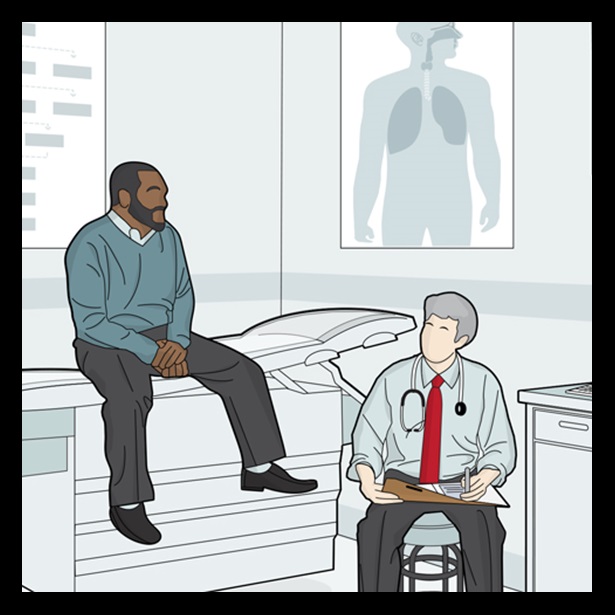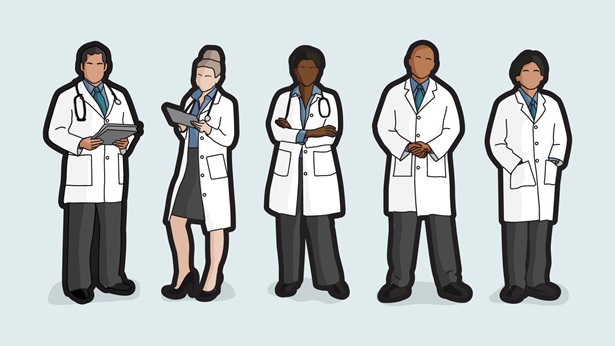Antibiotics are among the most frequently prescribed drugs in the United States. The Centers for Disease Control and Prevention estimates that as much as 50 percent of the prescriptions—originating in hospitals and outpatient settings, such as primary care clinics—are unnecessary or inappropriately prescribed.
The overuse and misuse of antibiotics adds to the growing threat of drug-resistant bacteria. Pew focuses on reducing the inappropriate antibiotic use in human health care settings and on expanding the use of effective stewardship programs that are designed to ensure antibiotics are used only when needed and prescribed at the proper dose for the right duration.












